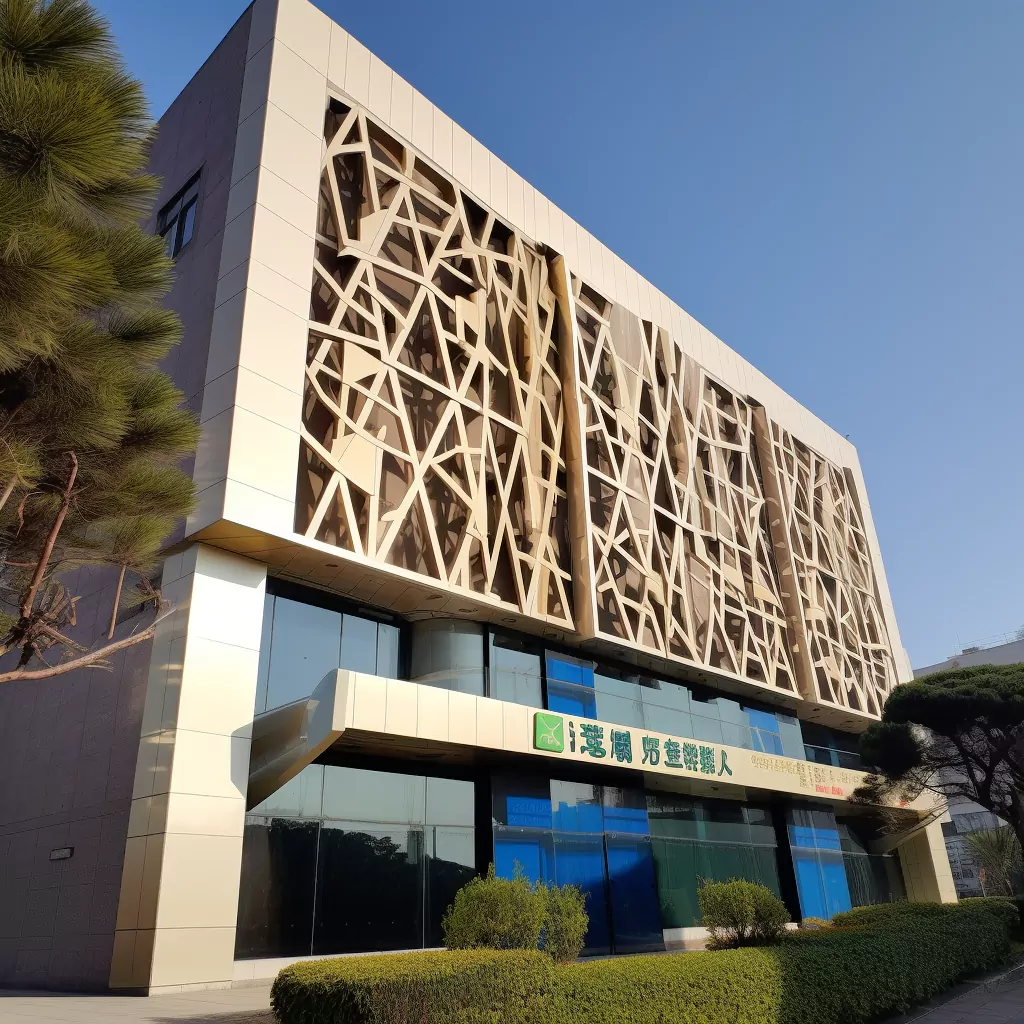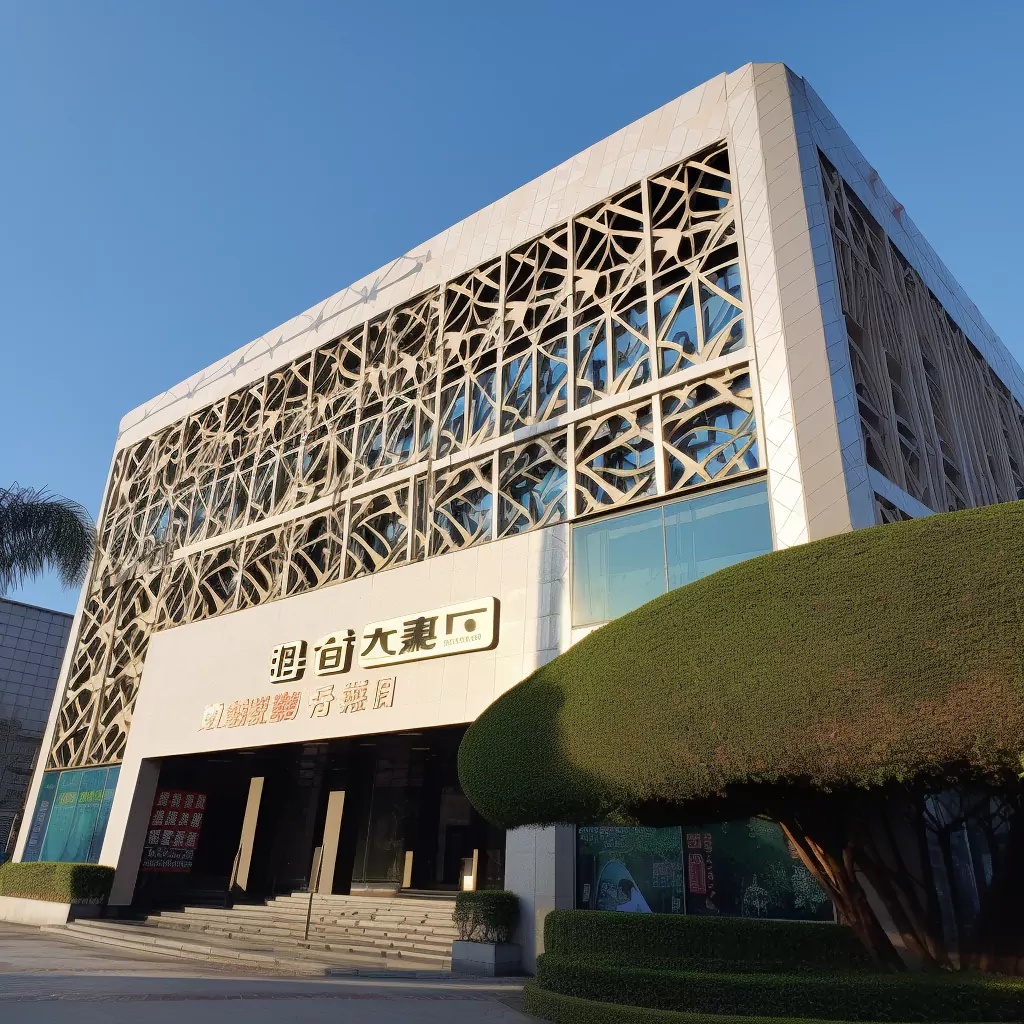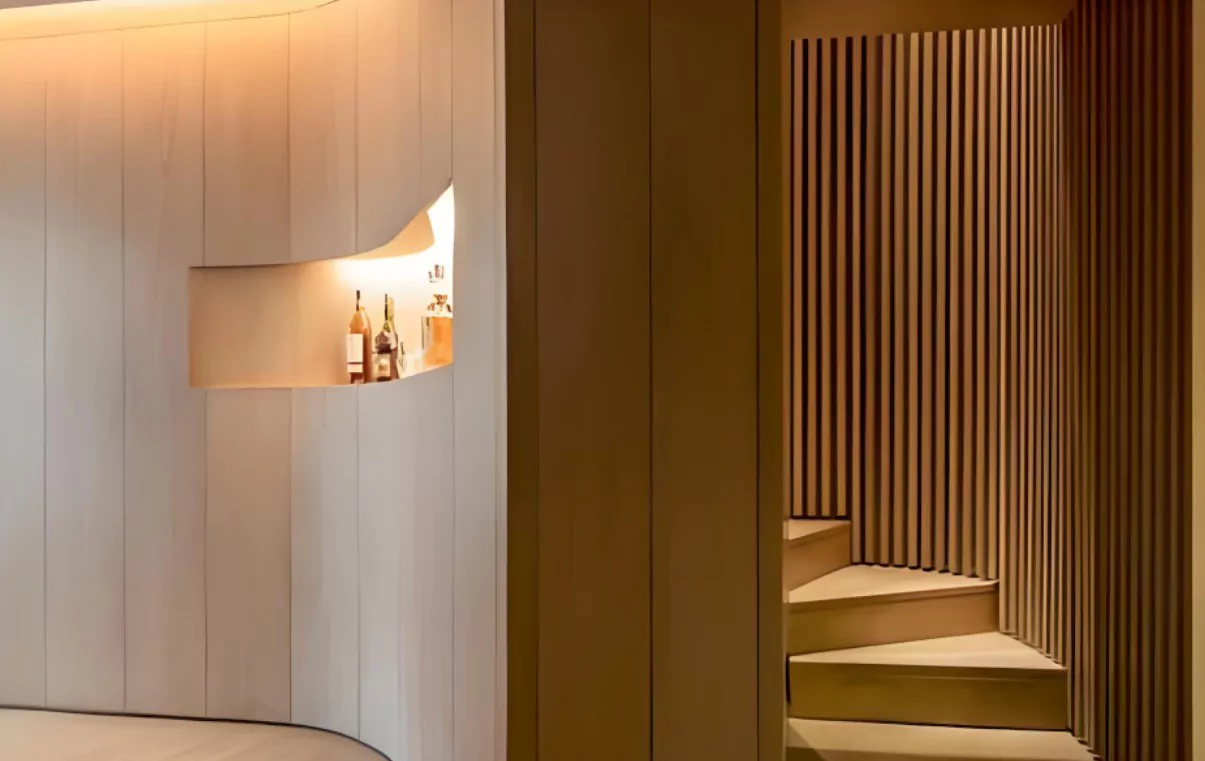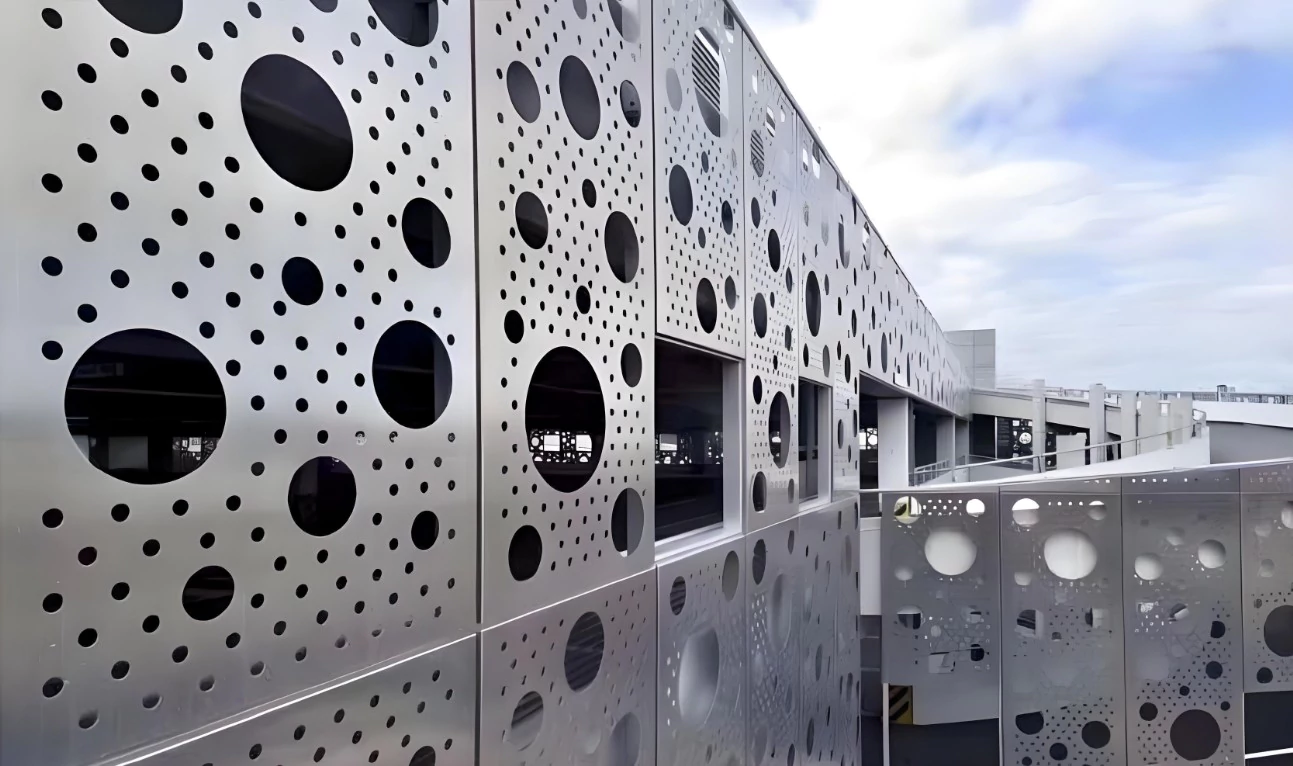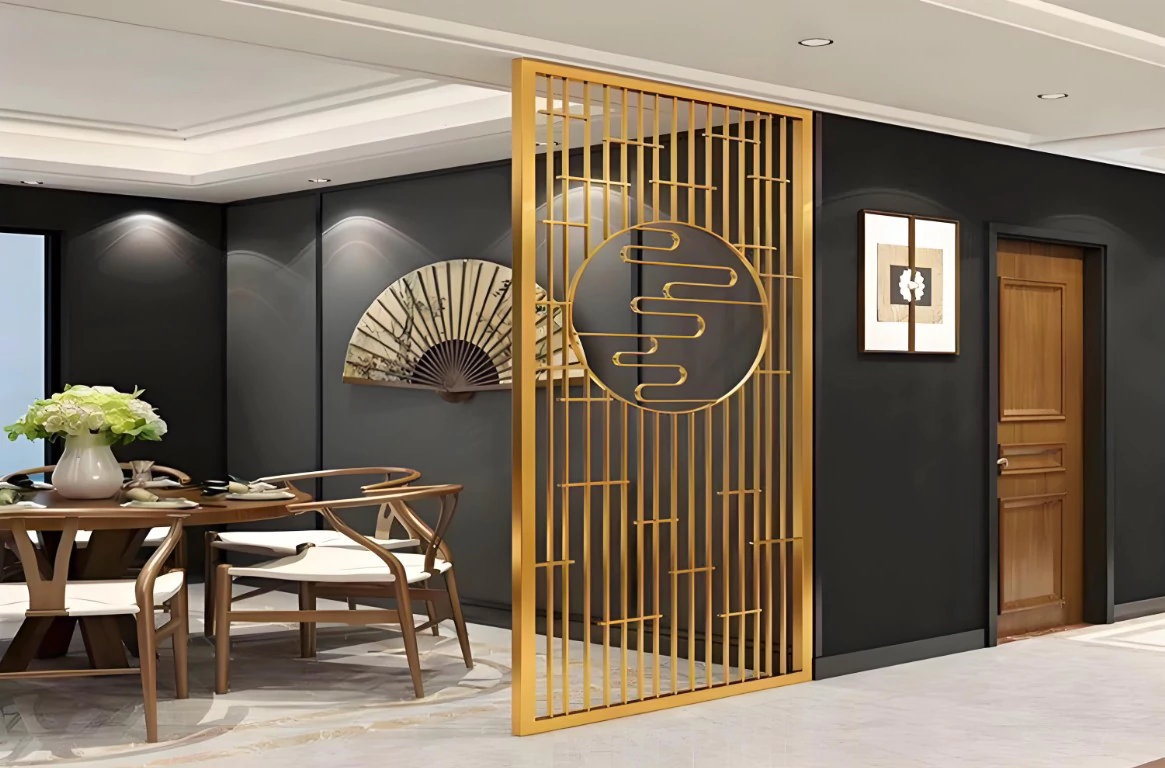In the modern construction industry, environmental protection has become an important standard in design and construction. As a new building material, aluminum veneer is gradually being widely used in environmentally friendly buildings due to its excellent performance and environmental protection characteristics. This article will explore the application and advantages of aluminum veneers in environmentally friendly buildings.
1. Basic introduction to aluminum veneer
Aluminum veneer is a building exterior material made of aluminum alloy. It is usually processed and coated from aluminum alloy plates. It is light in weight, high in strength, corrosion-resistant, has excellent decorative effects, and is suitable for various architectural styles.
2. Application of aluminum veneer in environmentally friendly buildings
facade decoration
Aluminum veneers can be used to decorate building facades, providing a variety of design options to meet the needs of different architectural styles. Its surface can be sprayed, anodized and other treatments, increasing the choice of colors and textures.
Energy saving and heat insulation
Aluminum veneer has good thermal insulation properties, which can effectively reduce building energy consumption and improve indoor comfort. In hot summers and cold winters, aluminum veneer can reduce the use of air conditioning and heating, achieving energy saving effects.
Fire performance
Aluminum veneer has excellent fire resistance and complies with national building fire protection standards. Its non-combustibility can effectively reduce the risk of fire and ensure the safety of the building.
Durability and maintenance
Aluminum veneer has good corrosion resistance and weather resistance, can withstand various harsh weather conditions, and prolongs the service life of the building. At the same time, its surface is easy to clean and has low maintenance costs.

3. Environmental protection advantages of aluminum veneer
recyclability
Aluminum veneer is a recyclable material and can be reprocessed into new aluminum products after use, which reduces the waste of resources and is in line with the concept of sustainable development.
low pollution
During the production process, the manufacturing process of aluminum veneers is relatively environmentally friendly and reduces environmental pollution. At the same time, the surface coating of the aluminum veneer does not contain harmful substances, ensuring indoor air quality.
Reduce construction burden
The lightweight properties of aluminum veneers reduce the burden on the building structure, thereby reducing the amount of building materials and transportation costs, which has a positive impact on environmental protection.
4. Summary
The application of aluminum veneers in environmentally friendly buildings not only improves the aesthetics and safety of the building, but also plays an important role in energy conservation and emission reduction. Its recyclability and low pollution make it an ideal green building material. With the increasing awareness of environmental protection, aluminum veneer will play a greater role in future architectural design and promote the construction industry towards sustainable development.
Through the analysis of the application and advantages of aluminum veneers in this article, we hope to provide valuable reference for architectural designers, construction units and related practitioners, and promote the development of environmentally friendly buildings.

